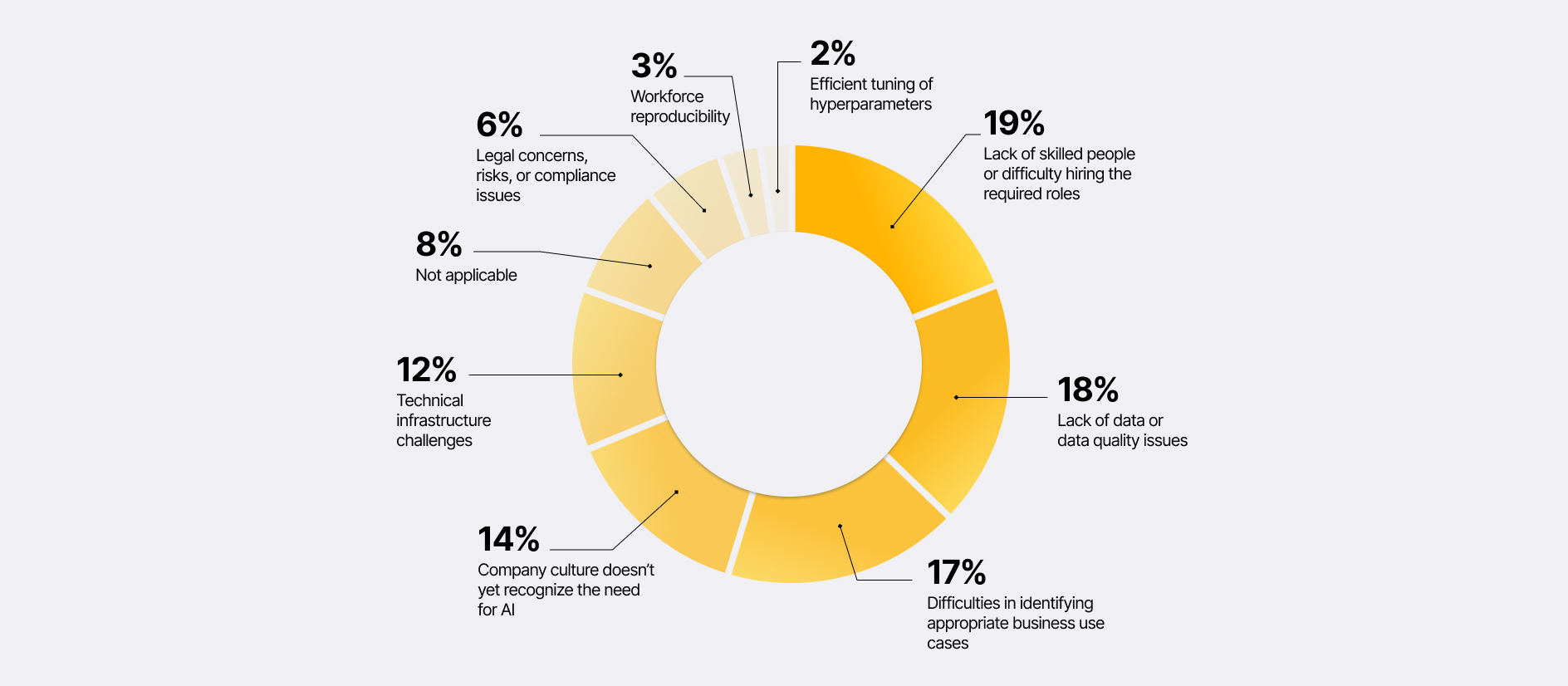Plastic waste is an undeniably massive problem plaguing our planet. Over 368 million metric tons of plastic are produced every year, with only 9% being effectively recycled. The remainder ends up contaminating environments across the globe – harming wildlife, disrupting ecosystems, and posing health hazards.
Traditional plastic recycling methods have not been able to keep pace with rapidly rising consumption and waste generation trends. Manual sorting is time-consuming, error-prone, and leads to reduced quality recycled materials. Furthermore, many modern plastic packaging formats incorporate multiple materials, making separation after use virtually impossible.
However, in the face of this mounting plastics predicament lies exciting innovation opportunities. Enter artificial intelligence (AI) – offering a ray of hope through radically enhanced sorting, identification, and upcycling capabilities.
The Game-Changing Role of AI in Plastics Recycling and Upcycling
Powered by machine learning, computer vision and data analytics techniques, AI solutions are revolutionizing plastics recycling and upcycling in the following impactful ways:
1. Automated Sorting and Identification
AI-enabled robotic systems equipped with advanced computer vision can identify different plastic types and formats with over 99% accuracy. This autonomous sorting enhancing the efficiency and purity of segregated plastic streams.
For instance, AMP Robotics uses AI-driven robots to sort recycled materials, reducing labor costs and contamination substantially. Such automated segregation forms the crucial first step enabling the downstream recycling process.
2. Upcycling Complex Composite Plastics
Once considered impossible to recycle, machine learning algorithms can now analyze the chemical signatures of multi-layered plastic formats. By understanding the composition and properties of these complex materials, tailored upcycling processes can be designed.
Carbios, for example, uses AI and enzymes to deconstruct PET plastic waste back into virgin building blocks. This allows infinite recycling of traditionally hard-to-process plastics into high-quality materials.
3. Optimizing Recycling Logistics and Infrastructure
AI-powered platforms can optimize waste collection routes, transport modes, and processing plant workload distribution for maximizing recycling efficiency. Smart bins with built-in sensors enabled by IoT can track fill levels and inform collection schedules.
For instance, Circulariq leverages the power of AI to design city-wide plastic waste management flows – reducing logistics costs and environmental footprint.
4. Designing Sustainable Alternative Plastics
Machine learning algorithms can rapidly analyze enormous datasets on material properties, usage contexts, disposal behaviors and environmental impact tradeoffs. This allows scientists to engineer next-gen plastics tailored for full circularity.
Such emerging “smart plastics” can be easily recycled, naturally degrade under certain conditions, or even self-destruct after intended use – preventing inadvertent environmental release.
5. Raising Consumer Awareness
AI-enabled mobile apps, websites and chatbots can dynamically engage consumers and businesses around plastic usage minimization, proper disposal, and sustainability. By providing personalized recommendations, adoption of responsible plastic strategies can be accelerated.
For example, recycling awareness chatbots can provide locality-specific guidelines to individuals for appropriately segregating waste at source – crucial for high-quality recycling.
Early Signs of Progress Powered by AI
While still early stages, real-world implementation of AI across the plastics value chain has shown promising results:
- Plastic sorting facility productivity improvement by 2-3X
- Up to 10-20% more landfill-bound plastics being diverted towards upcycling
- 5-10% reduction in plastic waste transport and collection emissions
- Higher consumer awareness leading to 3X increase in appropriate waste disposal behaviors
Furthermore, governments are also recognizing the critical role of AI, with recycling infrastructure modernization schemes increasingly incorporating AI-driven technologies as key enablers.

Challenges to Mainstream Adoption of AI Solutions
While the innovation potential for AI in plastics sustainability is immense, some technology maturity, policy, and commercialization challenges need to be addressed for widespread adoption:
1. Access to High-Quality Data
Machine learning algorithms rely extensively on large, consistent, and accurate datasets fordrawing actionable insights. However, such robust plastics waste-related data assets remain scarce.
2. Privacy and Security Concerns
Collection of personal and behavioral data related to individuals’ waste disposal patterns raises red flags around consent, transparency, and potential misuse.
3. High Upfront Costs
Procuring and implementing enterprise-grade AI solution hardware and software itself requires significant upfront investment – a barrier for many small players.
4. Lack of Industry Collaboration
Cross-value chain and cross-industry partnerships remain limited, resulting in fragmented focus areas and sub-optimal plastic waste management outcomes.
The Road Ahead
Despite current limitations, the value proposition and early positive results strongly indicate AI’s immense potential in enabling sustainable plastic ecosystems.
As investments and innovations gather momentum, costs are likely to decline progressively, allowing smaller players to reap AI benefits. Furthermore, standardized data management protocols and responsible AI guidelines will help address ethical concerns.
However, the public and private sectors need to proactively foster partnerships right from the design stage to drive systemic impact. Policy measures also need to incentivize rapid development and adoption of AI-powered sustainability solutions.
The path forward is undoubtedly challenging – but by harnessing the power of artificial intelligence, a future with radically circular and environmentally harmonious plastic lifecycles seems within reach.
















Add Comment